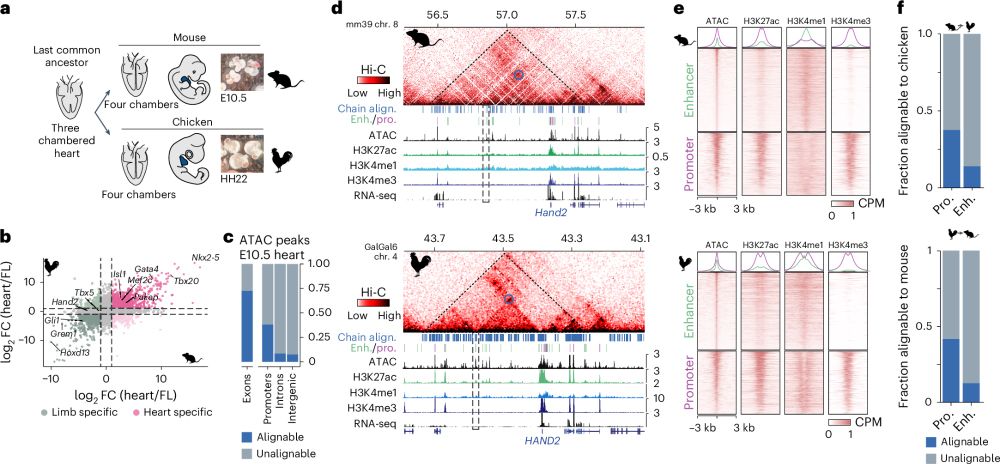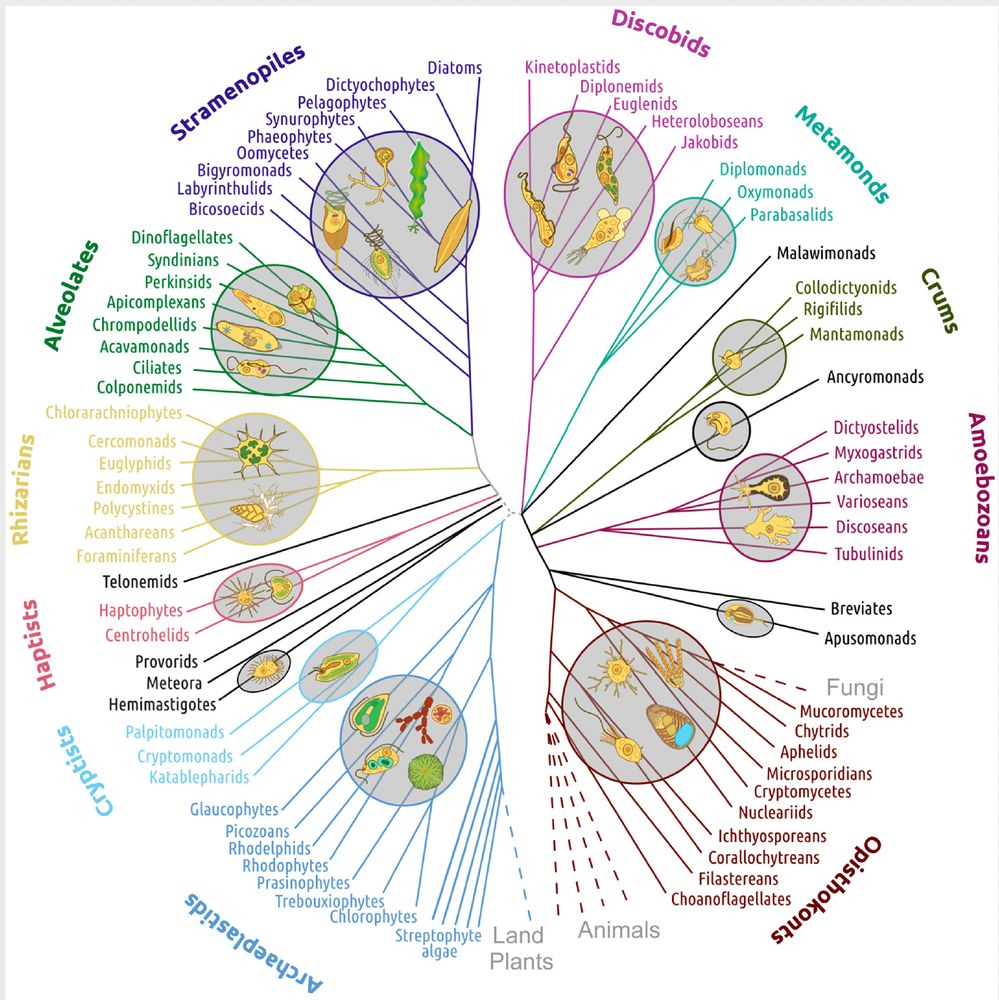Iana V. Kim
@ianakim.bsky.social
330 followers
500 following
29 posts
Postdoctoral researcher in the Sebe-Pedros and Marti-Renom Labs at CRG. Transposable elements enthusiast, passionate about piRNAs, 3D genomes, and Star Trek 🖖
Posts
Media
Videos
Starter Packs
Reposted by Iana V. Kim
Reposted by Iana V. Kim
Reposted by Iana V. Kim
Ferdinand Marlétaz
@ferdix.bsky.social
· Aug 13

The genomic origin of the unique chaetognath body plan - Nature
Genomic, single-cell transcriptomic and epigenetic analyses show that chaetognaths, following extensive gene loss in the gnathiferan lineage, relied on newly evolved genes and lineage-specific tandem ...
www.nature.com
Reposted by Iana V. Kim
Reposted by Iana V. Kim
Daniel Ibrahim
@danielibrahim.bsky.social
· May 27

Conservation of regulatory elements with highly diverged sequences across large evolutionary distances
Nature Genetics - Combining functional genomic data from mouse and chicken with a synteny-based strategy identifies positionally conserved cis-regulatory elements in the absence of direct sequence...
rdcu.be
Reposted by Iana V. Kim
Iana V. Kim
@ianakim.bsky.social
· May 11
Iana V. Kim
@ianakim.bsky.social
· May 9
Iana V. Kim
@ianakim.bsky.social
· May 8
Iana V. Kim
@ianakim.bsky.social
· May 7
Iana V. Kim
@ianakim.bsky.social
· May 7
Iana V. Kim
@ianakim.bsky.social
· May 7
Iana V. Kim
@ianakim.bsky.social
· May 7
Iana V. Kim
@ianakim.bsky.social
· May 7
Iana V. Kim
@ianakim.bsky.social
· May 7












